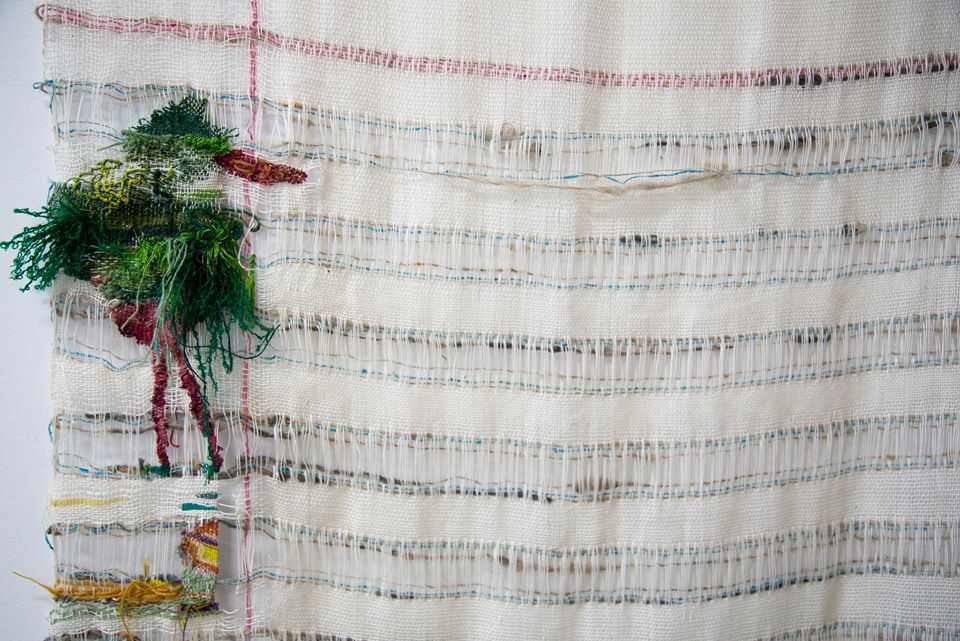In the mud and slush of opinion and tradition, the body becomes
@ Chicago Artists Coalition
2130 W Fulton St, Chicago, IL 60612
Opening Friday, November 15th, from 5PM - 8PM
On view through Thursday, December 19th
In the mud and slush of opinion and tradition,
the body becomes landscape and I become a transparent eyeball
Holly Cahill and Kushala Vora
Curated by Alexis Brocchi
Nov. 15 – Dec. 19, 2019
Reception: Nov. 15, 2019, 5-8 pm.
Chicago Artists Coalition is pleased to present: In the mud and slush of opinion and tradition, the body becomes landscape and I become a transparent eyeball, a HATCH exhibition featuring work by artists-in-residence, Holly Cahill and Kushala Vora. The exhibition opens on Friday, November 15, 2019 with a reception from 5-8 pm.
With a common intensity to explore the way we see all things in the environment, close and far away, this exhibition is—at the root of it— about perceptions. Your perception, mine, theirs, and ours. Human developed ideas and culture often cloud the experience and influences of the natural world we all inhabit. The show’s title, made up of phrases pulled from the analyzation of Thoreau’s writings within A Philosophy of Walking by Frédéric Gos, hints at our mission to expose, blur, and converge the binary oppositions between nature and culture.
In the exhibition, In the mud and slush of opinion and tradition, the body becomes landscape and I become a transparent eyeball, Holly Cahill and Kushala Vora work in multidisciplinary ways to reclaim the senses, bodily and cerebral. Through small gestures each artist recovers nature, recovers biology, and recovers our ways of seeing in the face of present systems and structures. One common gesture is fiber-focused material explorations. With the desire to embed details and information in each weaving or stitch, the artists allow for a slowing down of the process of observation and create the possibility to cultivate a second sight.1 Cahill’s work is exploring other forms of consciousness and experiences of ecological effects through her studies and interpretations of the bird species, the starling. In this study, Cahill uses drawing, sculptural beings, and collage to explore patterns and ideas. In contrast, Vora’s work aims to expose the colonial influence on the dissemination of information in education systems while contemplating the fundamental acts of learning to name, compare, and valuate – cultivating our perceptions. Vora utilizes ethnographic footage, photography, film, drawings, and collected materials to remove the hierarchy of self and objects in the shared environment. Both artists rely on the fact that land and its inhabitants are the starting point —and— what we experience, we become.
1 Tactics for Not Knowing: Preparing for the Unexpected. By Emma Cocker.
Official Website
More events on this date
Tags: Alexis Brocchi, Chicago, Chicago Artist Coalition, Holly Cahill, In the mud and slush of opinion and tradition the body becomes, Kushala Vora, West Town

« previous event
next event »